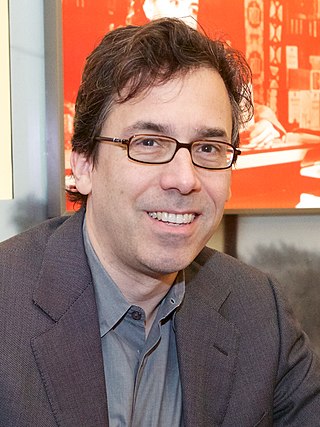Books like Pictures at a Revolution: Five Movies and the Birth of the New Hollywood
Pictures at a Revolution: Five Movies and the Birth of the New Hollywood
Last night's demoralizing Oscar ceremony—like many stillborn ceremonies before it—makes me wonder why people continue to give a damn at all. Yes, I know there are a bunch of you cranks out there who (loudly) disavow an interest in showbiz spectacle, and you're only too anxious to take a steaming piss on the red carpet to assert some kind of hazy moral superiority. We thank you very kindly for your tsk-tsking, but everybody already knows full well that the frivolous ostentation and shameful self-love that these award shows entail don't look so good juxtaposed next to starving kids in Africa or the victims of drone strikes in Iraq. We get it. But I could say something roughly similar for Super Bowls, World Cups, amusement parks, and sprawling shopping malls. In short, there are all varieties of poisons—and if you're pious enough never to have tasted any of them, then please go scale the self-actualization triangle and leave us to wallow in the muck and the mire.I bring up the Oscars because the book Pictures at a Revolution by Mark Harris culminates at the 1968 Oscar ceremony. Admittedly there isn't much suspense. Anyone with a modicum of curiosity and energy can google the particulars and quickly discover that Norman Jewison's high-minded film In the Heat of the Night won the Best Picture award that year. Harris suggests that the film was a sort of compromise victory—splitting the difference between the nascent adventurism of New Hollywood, exemplified by co-nominees Bonnie and Clyde and The Graduate, and the musty traditionalism of Guess Who's Coming to Dinner and Doctor Doolitte. (The latter film, which was both critically and commercially unsuccessful, is alleged to have 'bought' its nomination. Its creators were the unscrupulous forebears of Harvey Weinstein, whose handjobs are proverbial but apparently still pleasurable in Hollywood today.)Harris has selected 1967—the year in film—as emblematic of the fundamental change Hollywood was forced to undergo to remain culturally and artistically relevant. He does an admirable job of weaving together the backstories of all five Best Picture nominees in a surprisingly coherent (and fascinating) narrative; he probably overstates the significance of this particular moment in cinematic history to add a little drama and consequence, but we can forgive him his indulgences in the interest of a more succinct overview. Harris doesn't scrimp on the dish either. If you're a Rex Harrison detractor (as I am) and you've just been jonesing for some fuel for your fire, this is the book for you. What an insufferable jackass he was. He lorded it over the production of Doctor Doolittle as if he were god's gift, motivated by professional jealousy and an inflated sense of his own importance. Occasionally, however, Harris touches on rumors better left on Page Six. (Were Spencer Tracy and Katherine Hepburn bisexual? He brings it up but fails to really address it, so you'll end up remembering the rumor without any idea if it's plausible or even where it originated.)Despite its minor failings—the author worked for Entertainment Weekly (sniff) so what can you expect?—I can't recommend Pictures at a Revolution strongly enough for readers interested in film history. Even if you aren't interested in these specific films, the book is valuable as an excavation of the shrine to New Hollywood. And it's also a surfeit of riches with its tangential anecdotes, like the story of the death throes of the Hollywood Production Code.Sure, none of this is very important in an absolute way, but I pity the poor souls who are immune to thrills of celebrity tattle. A life that's purely necessary is anything but a life, if you ask me. (Yes, that's my rationalization.)
